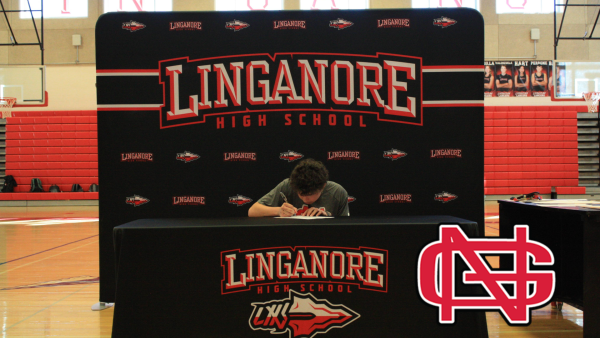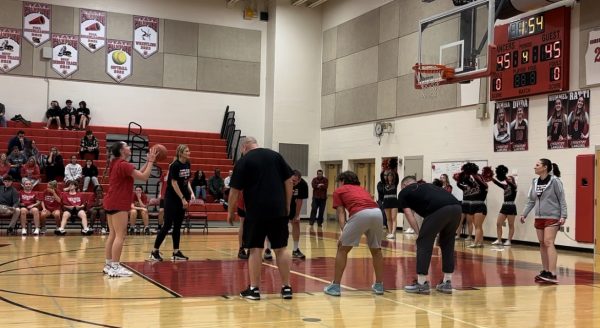Pros: Football, not too risky–play on
Graphic showing concussions in regular season games are down 36% in 2014 vs. 2012.
January 6, 2016
I believe football is not as dangerous as the news and parents are making it seem. For example, ask parents why they don’t let their children play football and they will say the body collision and injury. Or watch the news updates on frequent deaths in high school football. Injuries happen in every sport, from minor scrapes to career-breaking factors. Hockey, baseball, soccer, even cheer leading all have dangers. What makes football any different?
There is no need to make football a different game with restrictive rules. Our concerns should be with player safety.
No sport is risk free; in fact, the the concussion rate for youth boy’s soccer is 12%. That is twice as high as the rate for high school football. Headcase, a site that tracks sports injury, shows concussion rates for different sports. Football is not the only sport that has dangers. At our school, if players get two concussions in a season he/she is withdrawn from play for the rest of the season.
“In football, the coaching has changed. We coach the players to keep their head out of it [the game] out of contact,” says Roger Rich, coach of the JV football team.
In our community, the coaches teach the players how to play the game correctly to avoid injury, thus creating a safer game. If the coaches are not teaching the players to play the game correctly and if the referees are not stopping this dangerous play, that causes the injury. Danger is not necessarily in the rules of the game. The danger is more the way it’s played.
“It’s dangerous to have poor coaches,” says Zach Chwillbeat, quarterback on the JV football team.
According to and article about the history of helmets in the Smithsonian Magazine, one of the first versions of the football helmet was made in 1893. The Army and Navy sometimes played a collision game, and throughout playing the game enough, one of the men got kicked in the head so many times that the doctor claimed if he got kicked again, he could go insane. Because of this, the man went to his shoemaker, who made a moleskin hat with flaps, which was the first version of a helmet, even if it wasn’t super protective yet. Helmets soon evolved to be leather caps, though helmets weren’t mandatory until 1943. Seven years later, a single bar was protected to protect the players face, though just one bar wasn’t a very large help. Throughout the ’60s and ’70s, foam padding was added, along with more complex face protection.
Today’s helmets are padded throughout and have more advanced bars protecting the player’s face. Helmets also have protection along the sides to protect the jaw and side of the head, which is a leading cause of concussions.
Even when they are hurt, sometimes a player doesn’t want to take themselves out.
“They [the players] don’t want to disappoint their team,” says Chwillbeat.
Even though the team is dedicated and passionate about what they do, they are still aware of injury. Yes, it makes them feel like they’re disappointing the team, but it’s what needs to happen to make a safer environment for the player.
Changing how we play football would also end a part of our high school culture. We love the sight and the sounds. Safety issues can easily be fixed, but if the rules are changed to dramatic measures, there is a threat that it could change high school culture, along with the culture of college football teams, or even to the whole NFL.













